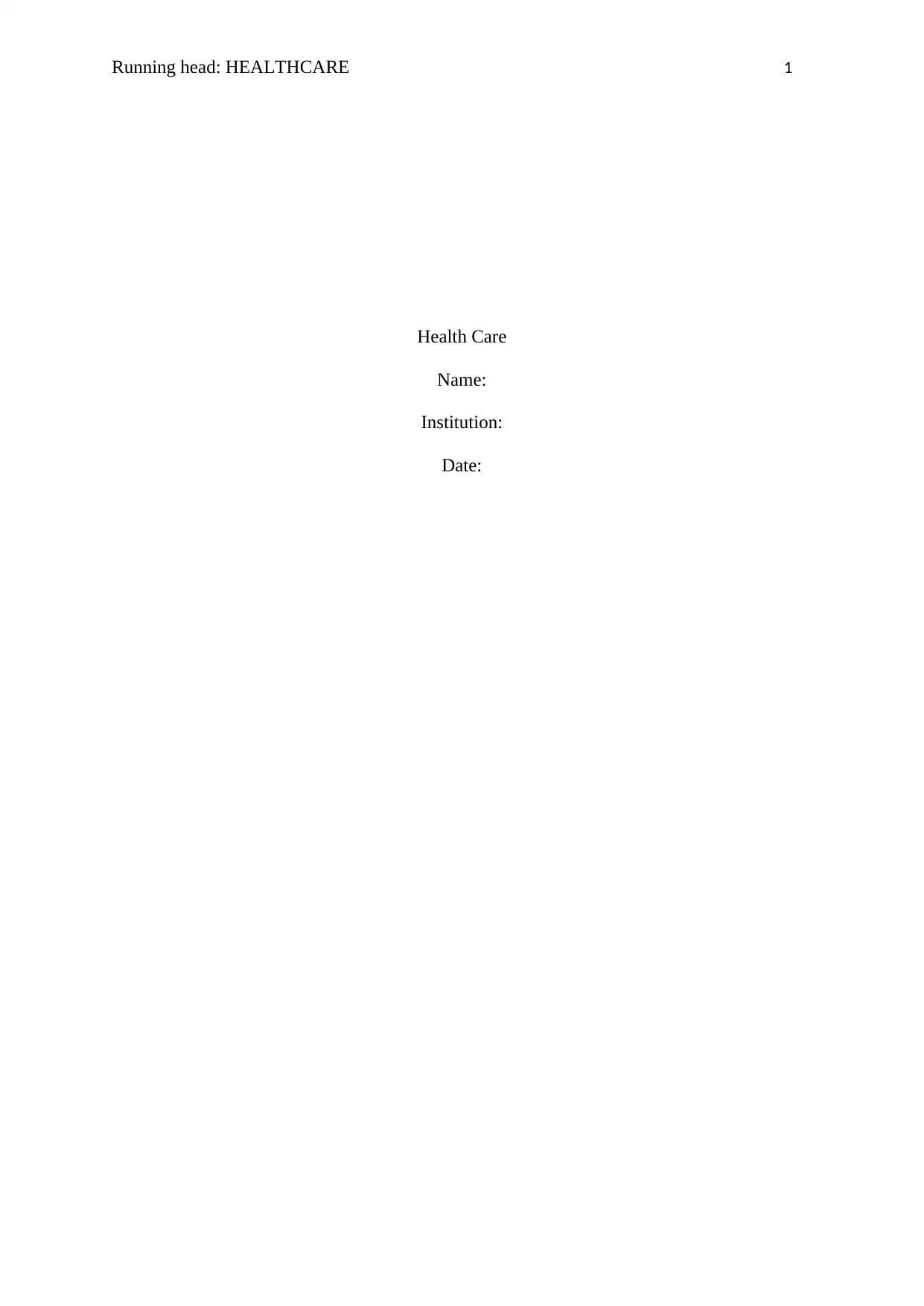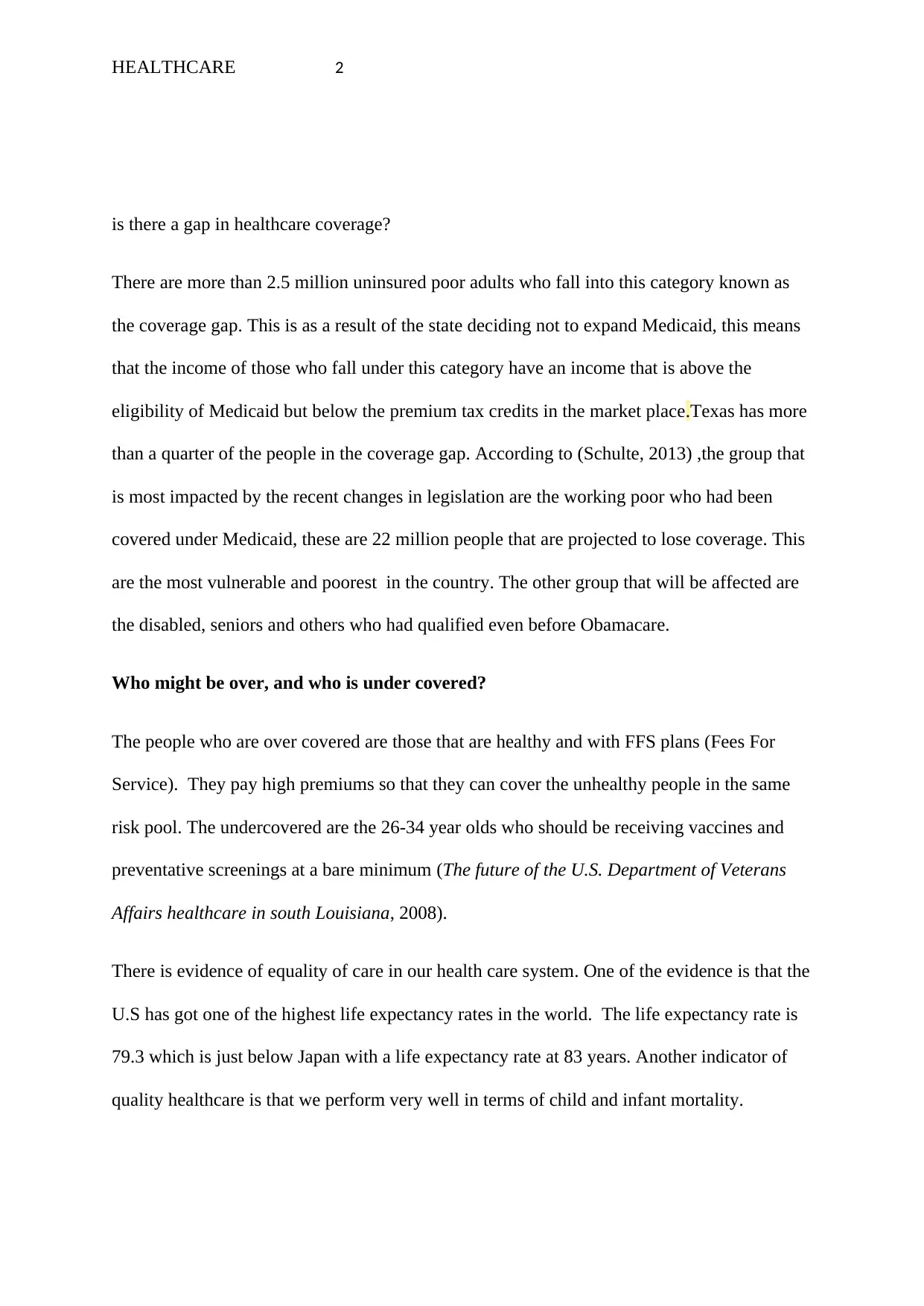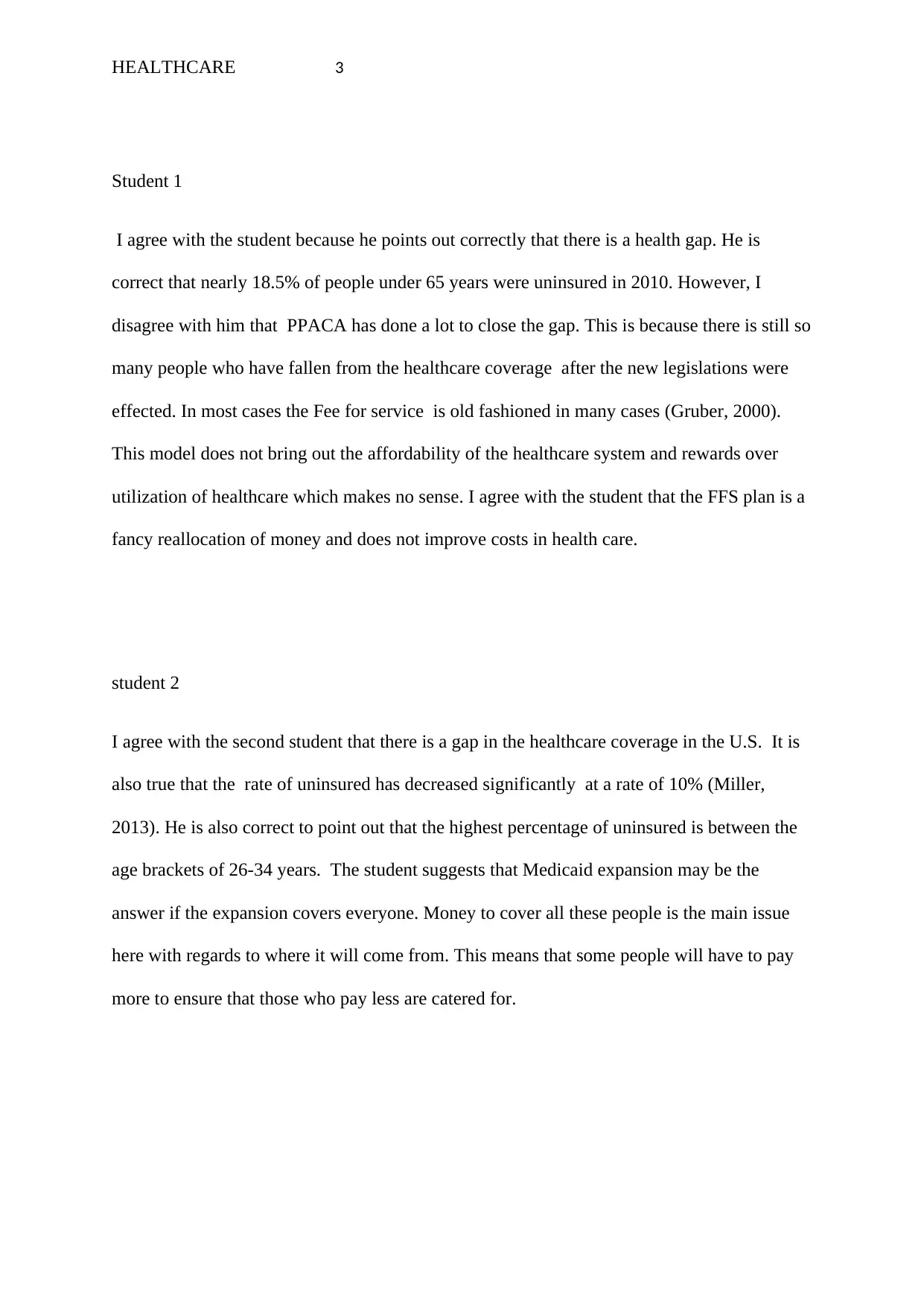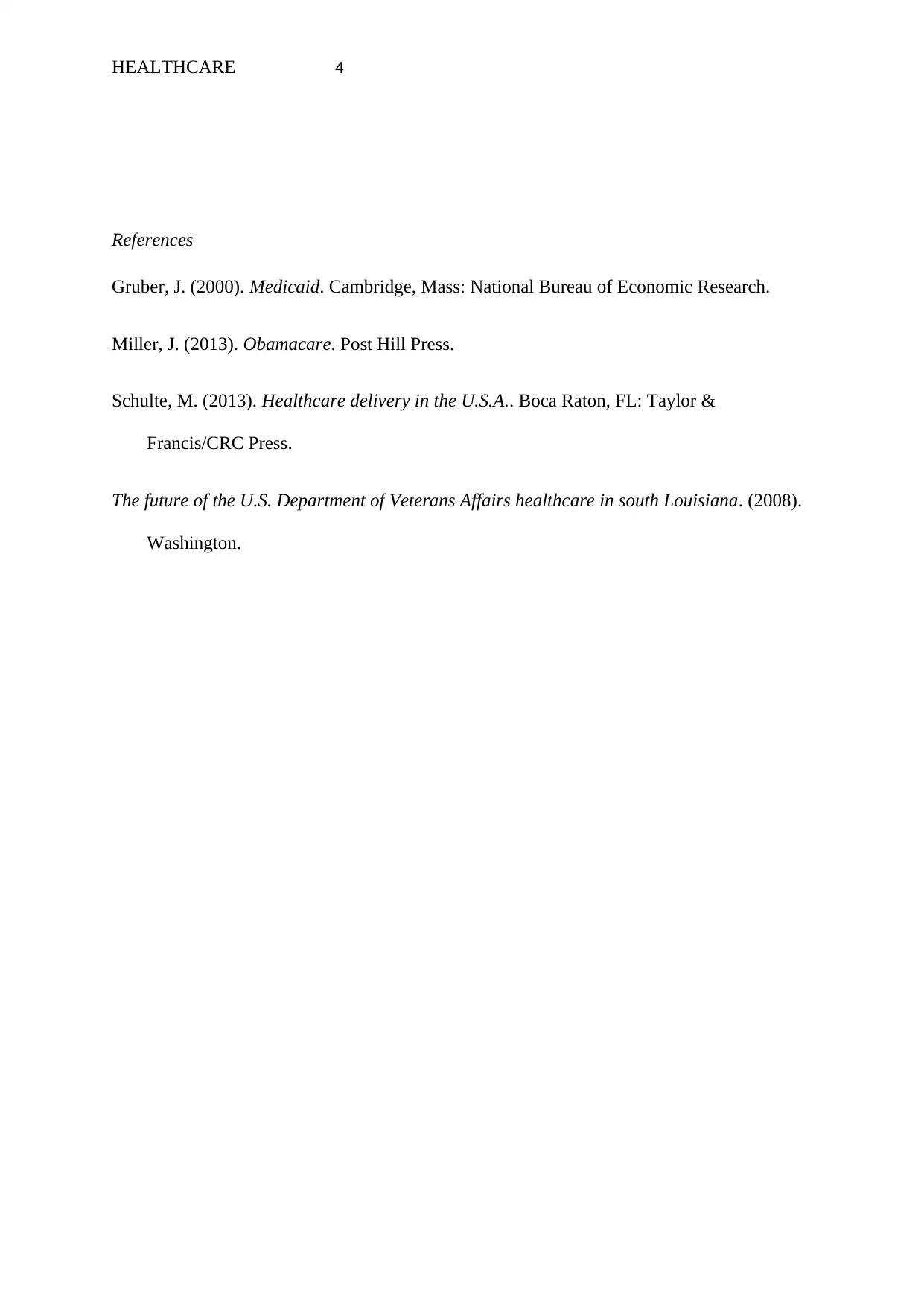Healthcare Coverage Gap Essay
VerifiedAdded on 2019/10/31
|4
|673
|191
Essay
AI Summary
This essay examines the issue of healthcare coverage gaps in the United States. It highlights the significant number of uninsured poor adults due to states not expanding Medicaid, creating a coverage gap between Medicaid eligibility and marketplace premium tax credits. Texas is identified as having a disproportionately high number of individuals in this gap. The essay discusses the impact of legislative changes on the working poor, disabled, seniors, and others previously covered under Medicaid. It also analyzes who is over-covered (healthy individuals with FFS plans) and under-covered (26-34 year olds needing preventative care). While acknowledging the US's high life expectancy and low child/infant mortality rates, the essay emphasizes the existing inequalities. Student responses further discuss the healthcare gap, the limitations of the Affordable Care Act in closing the gap, and the challenges of financing expanded Medicaid coverage.
1 out of 4











![[object Object]](/_next/static/media/star-bottom.7253800d.svg)